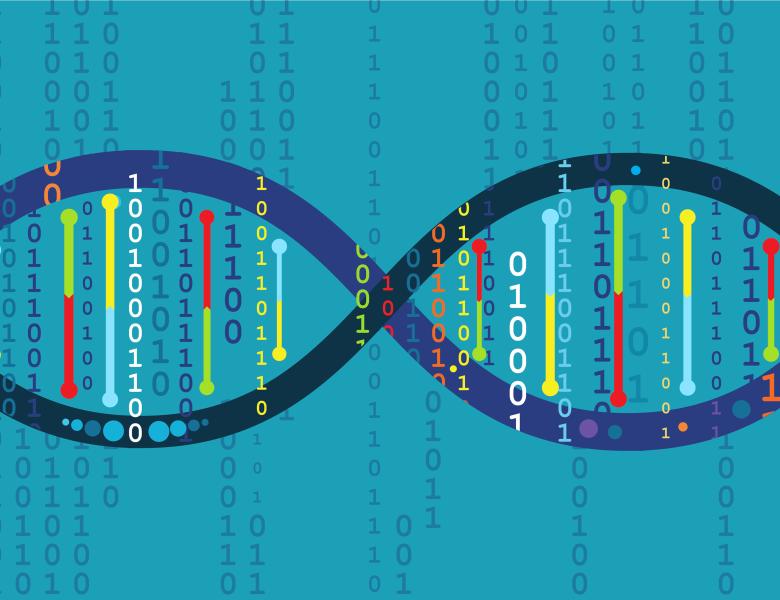
Abstract
Understanding the regulatory landscape of the human genome has been a long-standing goal of modern biology. Contemporary approaches identify regulatory elements using biochemical signals including epigenetic marks and transcription factor (TF) occupancy; evolutionary constraint of the resulting elements varies. The Zoonomia consortium’s 241 genomes are sufficient to achieve single-base resolution of evolutionary constraint in placental mammals. We used Zoonomia’s reference-free genome alignment and conservation score to characterize the human regulatory landscape, examining roughly one million candidate cis-regulatory elements (cCREs), 21 thousand core-promoters, and 15.6 million sites bound by 367 TFs (TFBSs). We identified a group of cCREs (439,461, occupying 4% of the human genome) and TFBSs (2,024,062; 0.8% of the genome) under mammalian constraint. Genes near constrained elements function in fundamental cellular processes like metabolism and development, and these elements yield high heritability enrichment for a panel of 69 diverse human traits. Unconstrained elements lie near genes that allow mammals to negotiate their environment (odor perception, immune response, and transposon repression), and 132 TFs are enriched in binding to genomic repeats. Our annotated elements should help interpret the regulatory landscape of the human genome.


